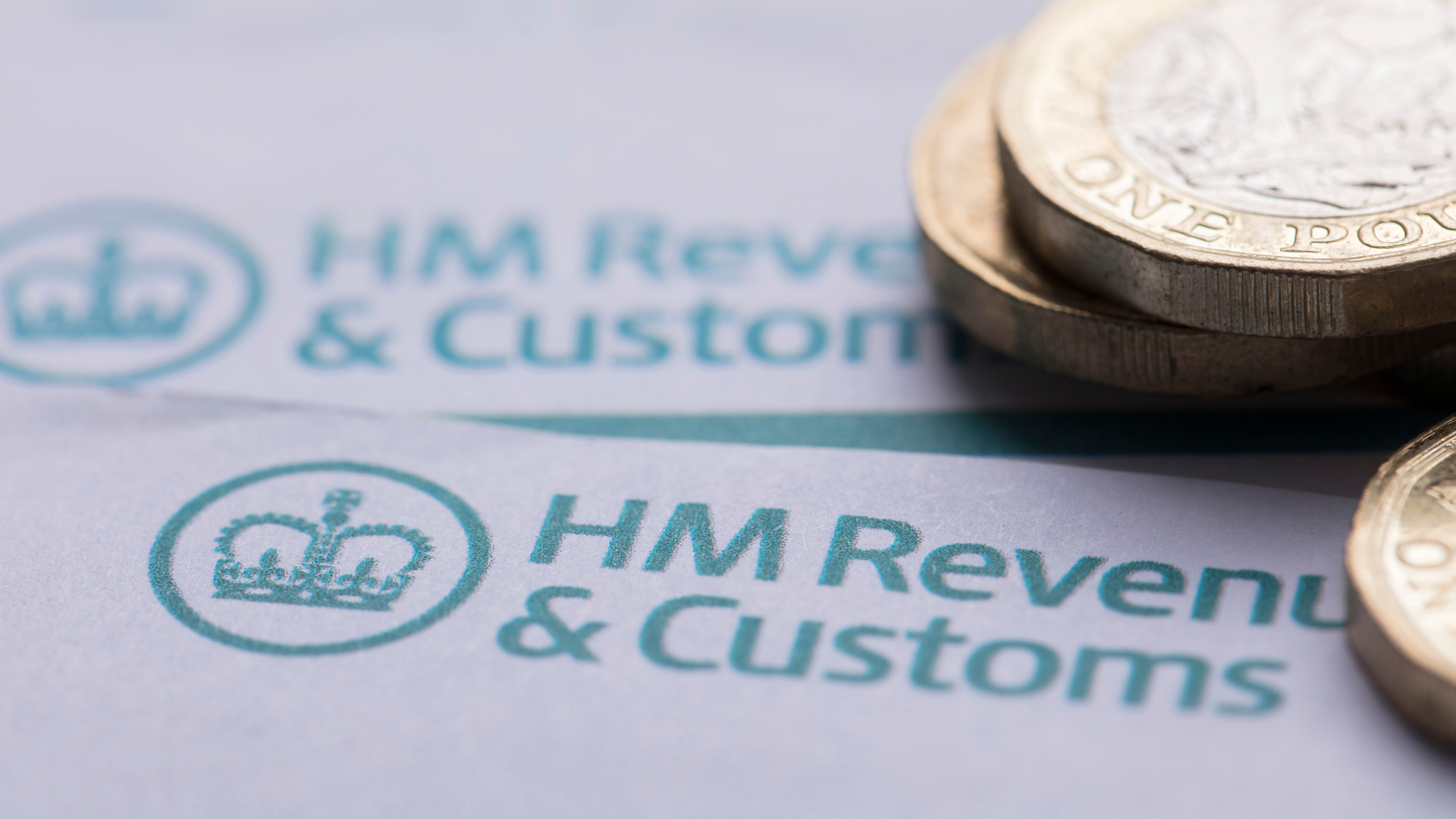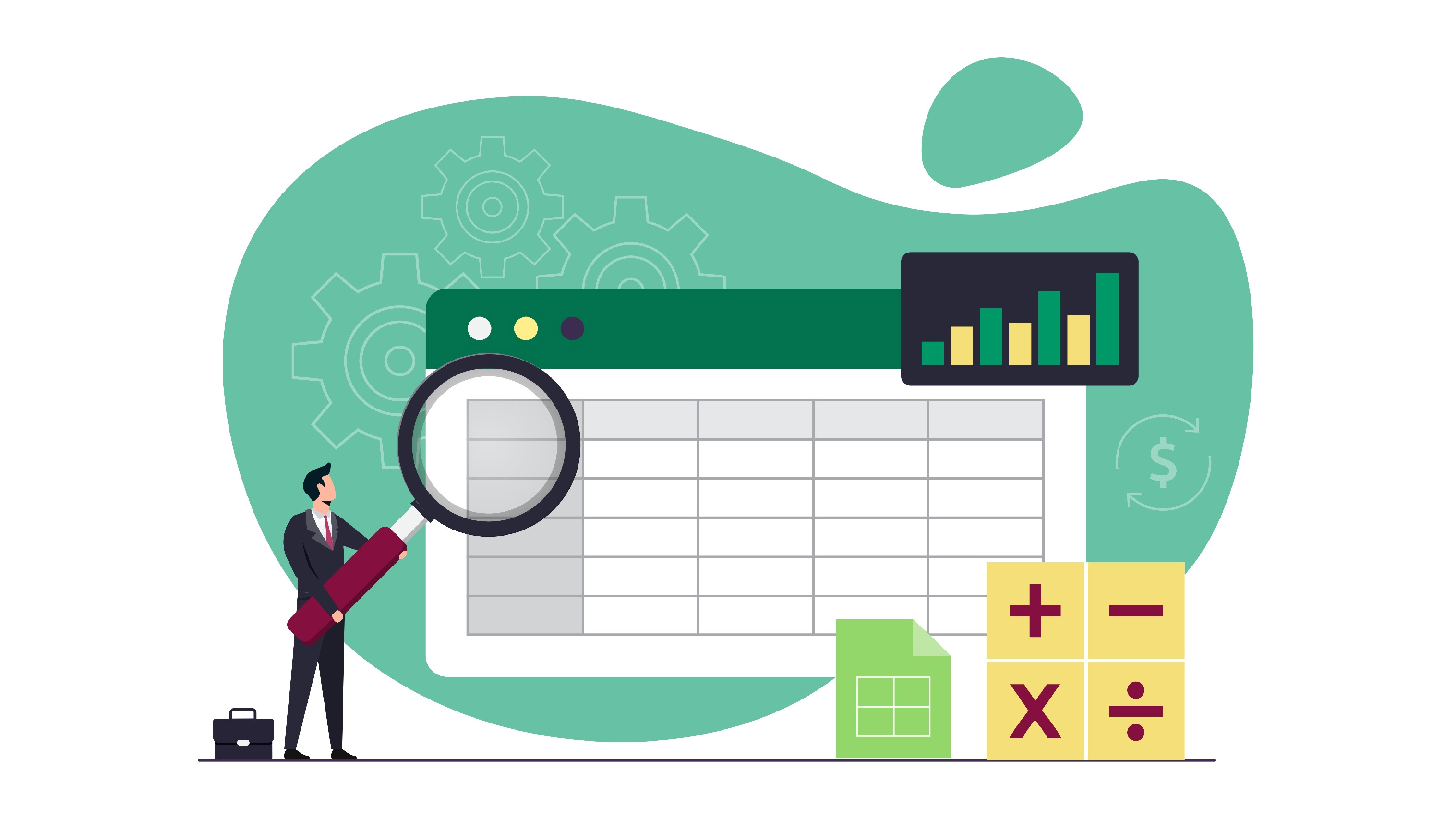
It’s not quite clear who first used the phrase“Nothing in this world is certain but death and taxes,” (take your pick from Defoe, Franklin or Twain) but it’s certainly a phrase with the ring of truth.
But the first half of the statement falls down in the face of cryogenics (it’s not just a sci-fi fantasy, apparently) and the second half falls down in the face of a more mundane reality (which may yet turn out to be a sci-fi fantasy). Most of the time taxation is just way too complex to offer anything even remotely approaching certainty – as in being definite, fixed and reliable.
If you are more familiar with the binary on-off world of technology, the nuanced world of tax can come as a shock. “Accounting is not an exact science,” says Chas Roy-Chowdhury, head of taxation at ACCA (a membership body for accountants). There is plenty of room for "interpretation", he explains, and "you can have situations where even two accountants end up with different figures." So the furore about how much corporation tax multinational giants should pay and the debate about US Software as a Service (SaaS) providers and the application of sales tax both have legs.
The former is unlikely to have passed you by; the latter may have. Yet for some subscribers to SaaS it may be even more important, as the challenging economic conditions of the past two years are nudging cash-strapped US states into applying their state, city and county tax codes more strictly to sales of SaaS. Some US states exempt all services (including SaaS) from sales tax; in some states software is exempt from sales tax if the buyer doesn’t download it; but as more and more states now want their (tax) share of the take, Congress is considering some legal changes.
Until recently, US cloud retailers have not needed to collect sales taxes in states where they don’t have a physical presence, so their subscribers have not needed to pay this tax, but this is changing. David Blum, a tax partner with the US law firm Levenfeld Pearlstein, says that sales tax legislation has become “more palatable”, and the country has reached “the tipping point” where this could become law. It could be a blow for all but the smallest SaaS developers with a physical presence or employees in the US; likewise many of their equally disadvantaged subscribers.
But it’s not hard to see why this area of cloud services has set cartoon-style dollar signs spinning in the eyes of tax officials across the US: according to Gartner research, as the fastest growing part of the IT industry SaaS is expected to generate $17bn in revenue worldwide during 2013. At the moment the sales tax feeding frenzy is more of a problem for US SaaS developers and their US subscribers than it is for the rest of us – though if your business has a physical presence or employees in a newly vigilant state (such as Idaho) you may be in line for a retrospective tax bill.
Then again, you may not. As Mike Camburn, a tax partner with the accountants KPMG points out, in something of an understatement: "Different organisations have different tax obligations." Where a business is incorporated, where it has a physical presence and employees, and where it is "using or enjoying" SaaS are among the many factors that determine tax liability; likewise the physical location of the SaaS provider. But US sales taxes come in more than 50 shades of grey – as there are an estimated 9,600 different state, city and county sales tax rates across the country.
Sign up today and you will receive a free copy of our Future Focus 2025 report - the leading guidance on AI, cybersecurity and other IT challenges as per 700+ senior executives
If you want to establish your US sales tax compliance responsibilities get professional advice. CloudPro won’t venture anywhere this fraught with danger (so don’t misconstrue this article as offering tax advice). The same applies to navigating e-services taxes closer to home. Value Added Tax (VAT) can be less complex than US sales tax. But even for a business with a permanent establishment and employees only in the UK or European Union (EU) that is subscribing to or offering SaaS products only inside the EU, the rules on VAT are still more complex than this sentence.
There are numerous different VAT rates across the EU, as you can see here, and different rules on their application; and although they are not as mind-boggling as US sales taxes, they are not straightforward either – not least where e-services are concerned. The rules for applying VAT to electronically supplied services differ depending on whether a SaaS provider or subscriber is inside or outside the UK or the EU; plus whether the electronic service is for business or personal use, if it is (to quote HM Revenue & Customs) "used and enjoyed" within the UK, elsewhere in the EU, or outside it; and then there is the reverse charge.
When you buy services from suppliers in other countries, you may have to account for the VAT yourself – depending on the circumstances. This is called the “reverse charge” but is also known as “tax shift”. Where it applies, you act as if you are both the supplier and the customer: you charge yourself the VAT and then, assuming that the service relates to VAT taxable supplies that you make, you also claim it back. Confused? You are not alone. “People and businesses are trying to navigate their way through very difficult systems,” observes Roy-Chowdhury (and he’s an accountant).
Being able to alleviate some (though not all) of this pain helps to sell accounting and e-commerce software. “With Aqilla you can define an unlimited number of tax rates which can be applied not just to a single invoice but down to an individual line,” says Hugh Scantlebury, proud CEO of the mid-range SaaS specialist. While Geoff Morgan, head of global business at Intuit Australia tells CloudPro: "QuickBooks Online automatically manages VAT, monitoring payments and receipts. It can show VAT liability and provide the information to fill in a VAT return."
But while some SaaS accounting products have built-in intelligence that can help you to apply the correct VAT to transactions when you are issuing invoices, accounting for subscription charges you have paid, or keeping records such as expenses; some do not. US sales taxes can be a challenge too far, and their variety and number means that many SaaS subscribers have to manually adjust ‘generic’ sales tax rates for themselves. And whilst the prospect of doing this 9,600 times may seem to belong in a dystopian sci-fi fantasy, it could soon be a very real possibility.
GUIDANCE FROM HM REVENUE & CUSTOMS
If you are a UK SaaS subscriber (or developer) trying to navigate your way through the VAT minefield you need all of the help you can get. Accountants, lawyers and other tax advice specialists can help, as can some software applications. But those of you who want your related discussions and decisions to be better informed may prefer to go to the source: HM Revenue & Customs.
Finding your way through the HMRC website can be a challenge in itself, even before you start trying to get your head around the rules on VAT, so the following list offers links to some of the Revenue’s most useful related documents and flow charts. But you might want to sit down and take a deep breath before you wade into them.
VAT information sheet on electronically supplied services
How to work out your place of supply of services for VAT
An explanation of what’s meant by ‘Place and supply of services’ and ‘Use and enjoyment’.
Flow chart on How to account for VAT on electronically supplied services where the supplier is in the UK
Flow chart for how to account for VAT on electronically supplied services where the supplier is in the EU
Flow chart for how to account for UK VAT on electronically supplied services where the supplier is outside the EU
Special scheme for non-EU businesses - electronically supplied services
You will also find less complex guidance on the taxation of e-commerce courtesy of the law and tax experts at Pinsent Masons here – you might want to read this first.
ITPro is a global business technology website providing the latest news, analysis, and business insight for IT decision-makers. Whether it's cyber security, cloud computing, IT infrastructure, or business strategy, we aim to equip leaders with the data they need to make informed IT investments.
For regular updates delivered to your inbox and social feeds, be sure to sign up to our daily newsletter and follow on us LinkedIn and Twitter.
-
 AI is creating more software flaws – and they're getting worse
AI is creating more software flaws – and they're getting worseNews A CodeRabbit study compared pull requests with AI and without, finding AI is fast but highly error prone
-
 Cohesity deepens Google Cloud alliance in data sovereignty push
Cohesity deepens Google Cloud alliance in data sovereignty pushNews The pair’s expanded collaboration will focus on new integrations for AI, cybersecurity, and data protection
-
 How AI is reshaping the role of spreadsheets in accounting
How AI is reshaping the role of spreadsheets in accountingIndustry insights Modernizing spreadsheets can enable secure and AI-ready accounting and finance functions
-
 Implementation and atychiphobia: helping SMEs overcome fear
Implementation and atychiphobia: helping SMEs overcome fearIndustry Insights Fear of failure stalls SME system upgrades, but resellers can calm concerns and build confidence
-
 HSBC says get back to the office or risk bonuses – and history shows it’s a tactic that might backfire
HSBC says get back to the office or risk bonuses – and history shows it’s a tactic that might backfireNews HSBC is the latest in a string of financial services firms hoping to tempt workers back to the office.
-
 Unlock the potential of LATAM’s booming crypto market
Unlock the potential of LATAM’s booming crypto marketwhitepaper Strategic pathways for crypto companies looking to expand into Latin America
-
 The customer knows best: How to ensure you’re delivering an effective digital payments experience
The customer knows best: How to ensure you’re delivering an effective digital payments experienceSponsored Tap into shifting customer trends with account information services that will give your business a competitive edge
-
 How AI is accelerating digital transformation in the banking industry
How AI is accelerating digital transformation in the banking industrySupported Content Gen AI, fraud detection, and chatbots are all transforming the financial industry, but the cloud is the foundation for it all
-
 What open banking means for the future of online transactions
What open banking means for the future of online transactionsOpen banking offers a faster, more automated future for transactions – but it has a rigid legal road to traverse
-
 Embracing the future of financial services
Embracing the future of financial servicesWhitepaper Embedded Finance is leading the way. Discover how merchants could stand to gain the most.

